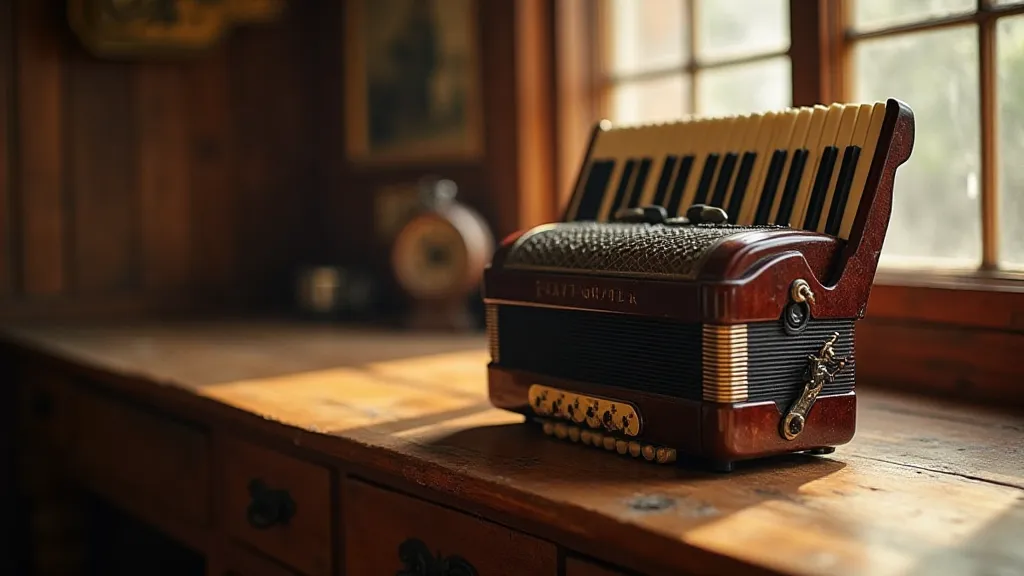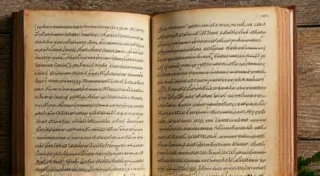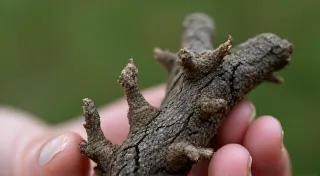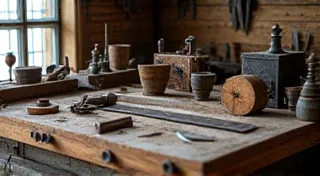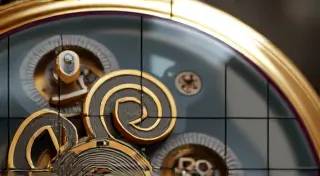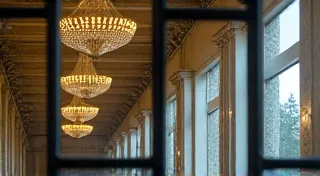Orphaned Keys: Tracking Lost Components in Antique Accordion Restoration
There’s a profound sadness that settles in when you first lay eyes on a neglected antique accordion. Not the crushing despair of irreparable damage, but a quieter, more melancholic feeling. It's the sense of loss – of a vibrant voice silenced, a craftsman’s legacy gathering dust. These aren't just musical instruments; they are time capsules, echoing with the laughter and tears of generations past. And often, those echoes are incomplete. One of the most challenging, and arguably most emotionally charged aspects of restoring antique accordions is dealing with missing or irreparably damaged parts. It’s about chasing ghosts, finding orphaned keys to rebuild a lost chorus.
My first serious restoration project involved a beautiful, albeit severely battered, Excelsior accordion from the 1930s. The bellows were shredded, the reeds were corroded, but it was the bass keys that truly broke my heart. Several were simply gone, leaving gaping holes in the keyboard like missing teeth. It wasn’t just a technical problem; it felt like a violation of the instrument's integrity. Replacing those keys wasn’t about functionality; it was about honoring the original intent, the meticulous design of the artisan who had brought this music-making machine into existence.
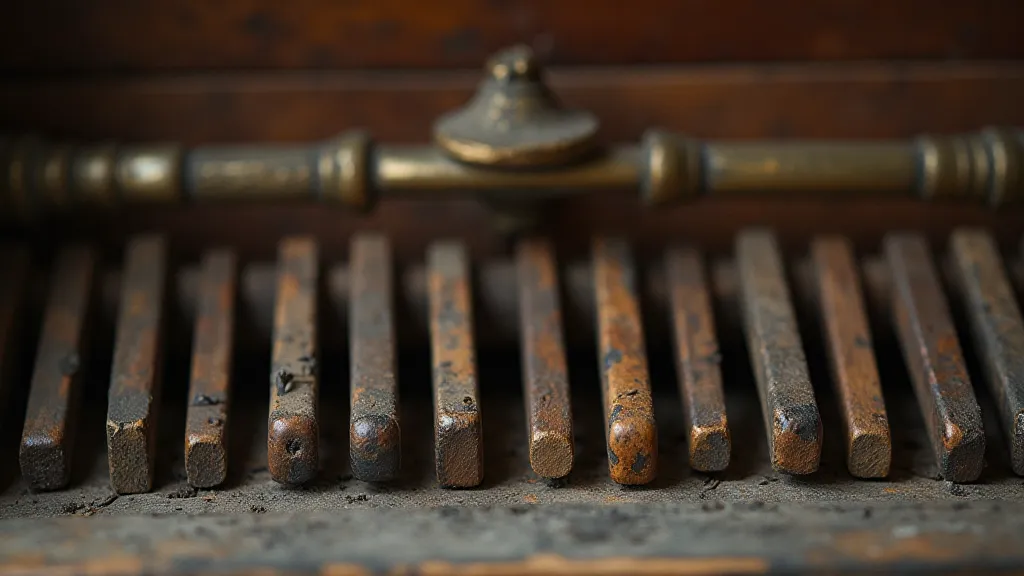
The Historical Context: A World of Craftsmanship
To understand the difficulty in sourcing replacement parts, it’s essential to appreciate the world these accordions came from. Mass production existed, of course, but antique accordions, particularly those of higher quality, were often the result of incredibly skilled craftsmanship. Builders like Hohner, Excelsior, and Guerrini employed legions of highly specialized workers – reed makers, key makers, bellows specialists – each a master of their trade. These individuals didn’t just build instruments; they poured their skill and dedication into each component. Today, that level of specialization is often diluted or even lost entirely. Finding someone who understands the nuances of a 1920s Excelsior key, for example, is a rare find. The intricate workings within these instruments are a complex interplay of materials and skill; it’s akin to understanding the bellows of breath and the complex alchemy of air and music that brings them to life.
Early accordion production was also heavily reliant on locally sourced materials. The type of wood used for keys, the leather for bellows, the metal for reeds – all varied by region and availability. This means that even when a replacement part *can* be found, it might not be an exact match. Authenticity is a complex issue, and compromises often have to be made. Do you strive for a perfect replica, even if it means compromising on the tone and feel of the instrument? Or do you prioritize functionality and preservation, accepting a slightly altered aesthetic?
The Search Begins: Where to Look
The quest for orphaned components is rarely straightforward. It requires a blend of research, networking, and a healthy dose of patience. The first place to begin is usually online auction sites like eBay. While you might find complete accordions being sold for parts, the real treasures lie in the boxes of disassembled instruments – a jumble of keys, reeds, and bellows scraps offered by sellers who simply want to clear out space. These "parts lots" are a gamble, but they can yield unexpected rewards.
Beyond eBay, specialized accordion forums and online communities are invaluable resources. Experienced restorers are often willing to share their knowledge and connect you with suppliers or individuals who might have what you need. Attending accordion festivals or workshops can also be beneficial. These events provide opportunities to meet other enthusiasts and restorers, forging connections that can prove crucial in your search.
Another avenue worth exploring is contacting antique dealers who specialize in musical instruments. While their prices might be higher, they often have access to a network of contacts and can provide expert advice on authenticity and restoration.
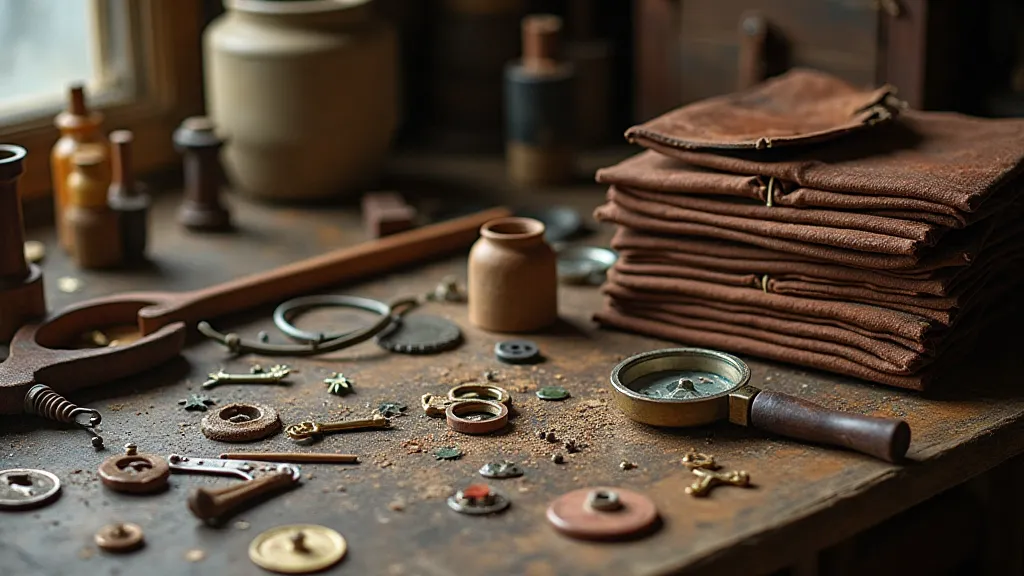
Strategies for Sourcing: Adapting and Improvising
Let's be honest: finding an exact replacement for a rare or damaged component is often impossible. In these situations, adaptability and improvisation become essential. One common strategy is to salvage parts from other, less valuable accordions. A donor accordion, even if it’s in poor condition overall, can provide a source of replacement keys or bellows.
Sometimes, parts can be fabricated. A skilled machinist or woodworker can recreate missing keys based on photographs or measurements from surviving examples. This requires a deep understanding of the original design and a commitment to replicating the original craftsmanship. While not a perfect solution, it can be a viable option for preserving the integrity of the instrument. It's about understanding how the smallest part contributes to the overall palette of sound, aiming to match reeds to their original timbre to maintain the instrument's character.
A particularly ingenious technique involves “cannibalizing” parts from similar, but ultimately different, accordion models. A key from a slightly later model, for example, might be modified to fit a more antique instrument. This requires careful consideration of the dimensions, weight, and material properties of the original and potential replacement parts.
The Emotional Landscape of Restoration
The process of restoring an antique accordion is rarely purely mechanical. It’s a journey steeped in emotion, demanding patience, intuition, and a deep respect for the instrument’s past. Each crack in the bellows, each corroded reed, whispers a story of use, of laughter, of tears – moments captured within the very structure of the accordion. Recognizing and honoring those echoes is as crucial as the technical repairs.
The absence of a single key, for example, isn’t just a functional problem; it’s a symbolic loss. It represents a silenced note, a missing voice in the instrument's history. Finding that key, or creating a suitable replacement, is more than just restoring functionality; it’s a step towards reuniting the instrument with its full potential. It’s about breathing life back into something that has been forgotten, neglected, or simply lost to the passage of time.
And as the restoration progresses, as the instrument begins to regain its voice, the emotional connection deepens. It's a feeling of shared history, of collaboration with the original craftsman, of contributing to the ongoing legacy of the instrument.
Beyond Functionality: The Enduring Legacy
Ultimately, restoring an antique accordion isn’t just about bringing it back into working order. It’s about preserving a piece of history, honoring the craftsmanship of the past, and ensuring that the instrument's music can be enjoyed by future generations. It's about understanding that the true value of an antique accordion lies not just in its materials or its mechanics, but in the stories it holds and the music it has witnessed.
The satisfaction of seeing an antique accordion, once silent and forgotten, breathe new life is profound. It's a testament to the resilience of human ingenuity and the enduring power of music. It's a reminder that even the most neglected treasures can be brought back to life, one orphaned key at a time. The entire endeavor highlights how crucial it is to acknowledge the beyond the mechanics, the emotional resonance of a finished restoration, a feeling that connects the restorer to the instrument’s past and its potential future.
Caring for a Restored Instrument
Once a restoration is complete, proper care and maintenance are essential to ensure the instrument's longevity. This includes regular cleaning, humidity control, and professional servicing. Protecting the instrument from extreme temperatures and direct sunlight is crucial. And most importantly, playing it! The music contained within the accordion is meant to be shared, and the joy it brings to both the player and the listener is the ultimate reward for the restorer’s efforts.
The silent symphony of a restored accordion is more than just the sum of its parts. It's a testament to the enduring human spirit, a celebration of craftsmanship, and a reminder that even the most damaged objects can be brought back to life, telling their stories through music. It's a profound experience to witness a neglected instrument find its voice again, sharing its tales of resilience and the beauty that can be found even in the face of adversity. And the faint whisper of the silent symphony, once found in cracked bellows, now resounds with renewed vigor.
